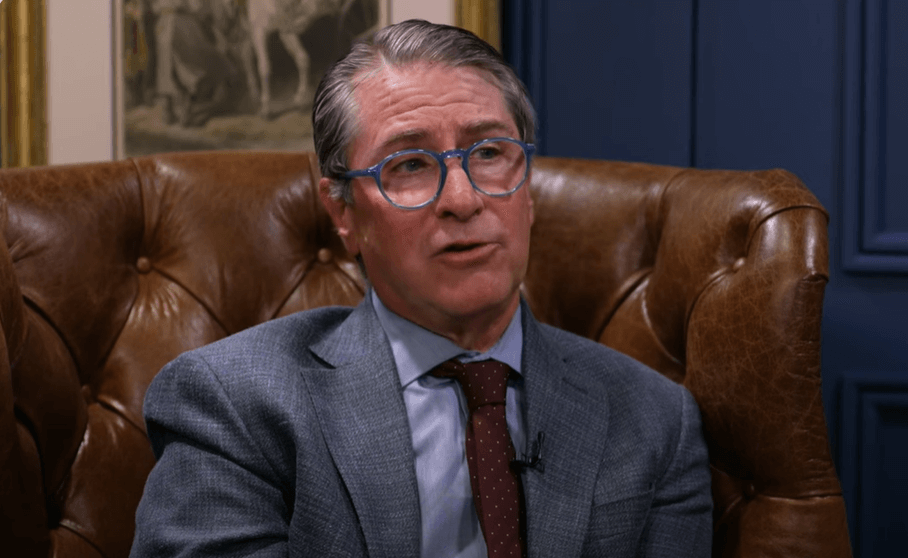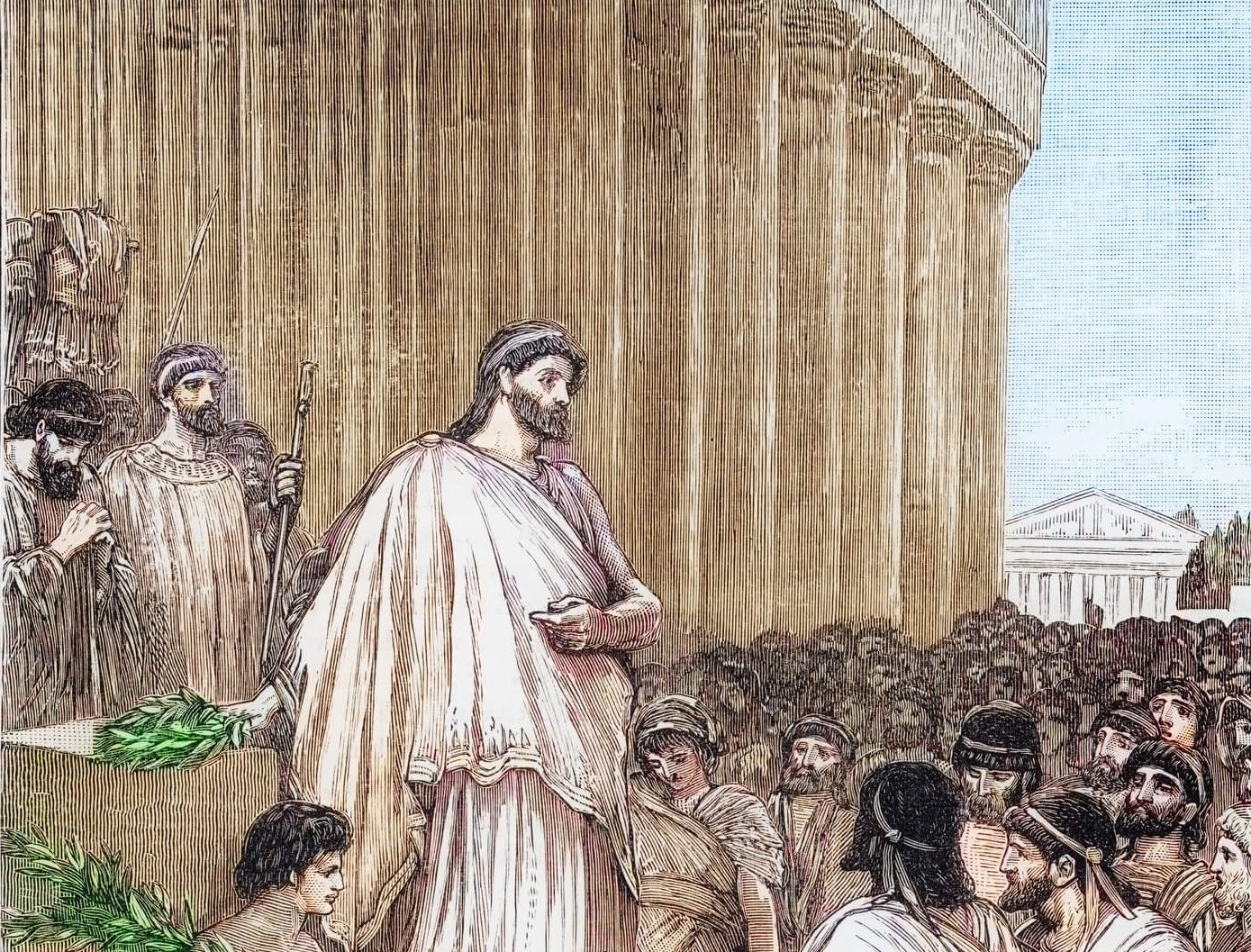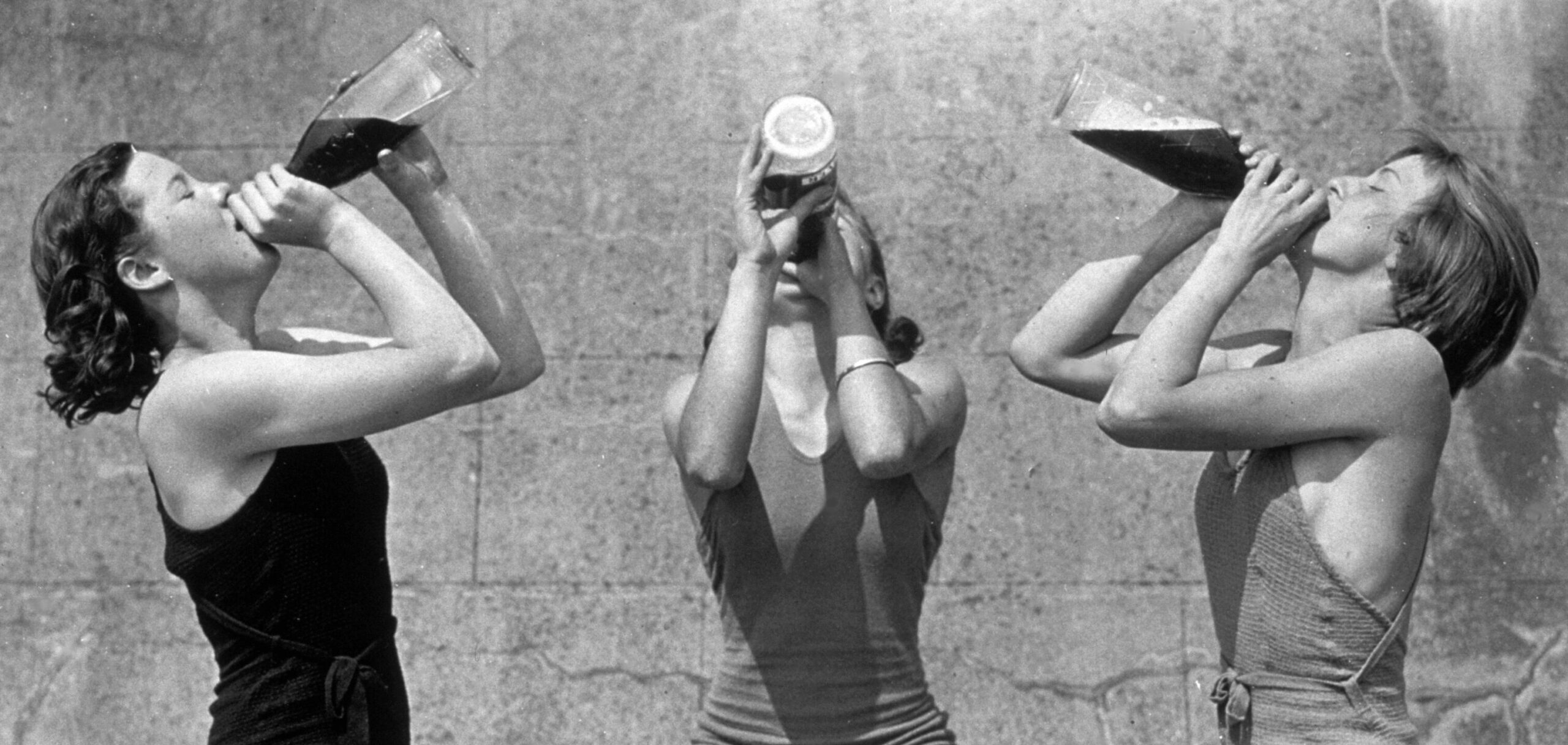Cowardice: A Brief History
(Princeton, NJ: Princeton University Press, 2014)
This is indeed a brief history, since only 193 of 292 pages are devoted to a discussion of cowardice. Acknowledgments, endnotes, and an index account for the other ninety-nine. Walsh’s main concern seems to be how attitudes toward cowardice—and even its definition—have changed in recent times. To illustrate those changes he resorts frequently to literary fiction. The Iliad, Beowulf, Dante’s Inferno, Stephen Crane’s The Red Badge of Courage, James Jones’s The Thin Red Line, and other stories appear often as examples. So do antiwar movies like Paths of Glory (1957), For King and Country (1964), and The Execution of Private Slovik (1974). This last was an adaptation of a 1954 book by William Bradford Huie, who wrote a tear-jerking account of the only American soldier shot for desertion in World War II. But Walsh also consulted serious empirical studies on war and official documents about courts-martial in the National Archives.
What is cowardice, anyway? Obviously, it involves fear, but sometimes it makes sense to be afraid. Walsh notes that Aristotle contrasts cowardice with recklessness as extreme cases. The former is too timid and fearful while the latter is overconfident and imprudent. The “golden mean” is courage, which is a proper balance between a moderate self-confidence and a sensible caution. This is still a bit imprecise, so Walsh turns to the American military’s Manual for Courts-Martial, which uses “duty” as the standard for judging behavior. A coward is someone who, out of fear, refuses to do his duty in the face of the enemy. A hero, deserving of a medal, is someone who risks his life “above and beyond the call of duty.” These extremes make it easier to appreciate the great majority of soldiers “who simply (not easily) fulfill their duty in the face of fear—those, that is, who avoid cowardice.”
Walsh’s discussion of cowardice leans very heavily on wartime behavior as a test of the individual. It is, he says, “the primal theatre of cowardice” because the soldier who runs from the enemy must face not only corporal punishment but the scorn and contempt of his buddies. It also brings into the sharpest focus the contrast between society’s interest in the bravery of its defenders and the individual’s fear of harm or death. Society threatens the individual with shame and dishonor, to himself and to his family, if he fails to do his duty and stand his ground. Conversely, the fearful individual is alert to how his personal interest in staying alive and whole separates him from society. To overcome this dilemma, the constituted authorities use “propaganda” and “indoctrination” (Walsh’s terms) to convince the individual that his ties to his family, kindred, community, and nation require him to do his duty. Beyond the discipline imposed on him by his military superiors, and the threat of punishment, is the disgrace he will suffer if he fails in his moral duty to his country.
Such moral pressure began to lose its effectiveness in Europe and America by the late twentieth century, as a result of two world wars that left the West culturally exhausted. Older societies were based on an “honor code” and a belief in free will that made the individual responsible for his behavior. Religion posited moral absolutes and cowardice was condemned as moral failure. Our contemporary “therapeutic society,” however, has de-emphasized religion in favor of psychology, which can explain away cowardice as the result of neurological damage in the form of “shell shock,” “battle fatigue,” or “posttraumatic stress disorder” (PTSD). And if there are any moral absolutes remaining in our otherwise relativistic, individualistic democracies, one of those is surely that the individual’s “rights” trump society’s demands.
My chief criticism of this otherwise interesting study is that Walsh is wrong to place so much emphasis on war as the “primal” test of cowardice. Cowardly behavior is all too common in civilian society, and just as damaging. Think, for example, of how many fatherless families there are in America today—children being raised by single moms or grandparents or orphanages—because more and more men wish to escape the responsibility of providing for a family. Or what about a person who remains silent about his opinions for fear of ostracism or of losing his job? True, Walsh does devote one chapter (out of six) to discuss “cowardice away from war” and notes that in civilian life posttraumatic stress disorder has experienced “bracket creep.” The American Psychological Association now claims that PTSD can be caused by a natural catastrophe (like Hurricane Katrina), a mugging, rape, witnessing a violent act, or even just “learning about the misfortunes of others, including strangers.” The therapeutic culture encourages people to think of themselves as victims who are unable to help what they do. To criticize them is to be insensitive and judgmental.
To his credit, Walsh does not approve of this trend. While he concedes that the charge of cowardice has often been used wrongly, with horrible consequences, the concept nevertheless has its proper uses. It throws into relief the moral qualities of responsibility, self-control, and courage. “Without the possibility of cowardice, courage becomes a hollow notion, a boosters’ term.” Moreover, “it pushes us to ponder seriously what we should do, how we should act, and what it is we’re so afraid of.”
Unfortunately, I can’t agree with some of his examples of moral failure. One of those involves the Germans living under Nazism who failed to speak out against the Holocaust or try to stop it. It is easy for people who live in a free society to condemn those living under totalitarianism for their failure to rebel. The ubiquity of terror means that the slightest protest is certain to result in arrest, torture, and probably death—not just for oneself but also for family, relatives, and friends. Is it moral to put other people at risk?
Walsh is on firmer ground when he cites Martin Luther King’s accusations of cowardice against those, blacks as well as whites, who failed to join the fight against racial segregation. As someone who participated in the civil rights movement as a graduate student in North Carolina—including taking part in Reverend King’s “March on Washington” in August 1963—I should like to point out, however, that there were various levels of commitment to that movement. Some people restricted themselves to expressing their support; others joined protest marches; a much smaller number would picket segregated businesses; and an even smaller number would be arrested while engaging in “sit-ins.” Would only those in the last category be fully absolved of moral cowardice? If not, at which level of participation would moral cowardice be left behind? (Full disclosure: I was involved in all those activities except sit-ins. I drew the line there because, as an ordinary middle-class student, I was afraid to go to jail.)
To summarize, Walsh has done a useful pioneering study on the concept of cowardice, but it is obvious that the subject is complex and slippery—too much for so a short book like this to cover thoroughly. There is much more work to be done, especially on cowardice in civilian life. ♦
Paul H. Lewis is a retired political science professor from Tulane University. He lives in Raleigh, North Carolina.














